Narcissus was famous in ancient Greek mythology for his obsession with admiring his idol as it was reflected in the water. But the same movement is done every day, for centuries, by all the inhabitants of the civilized world using a magical tool, the mirror.
Ancient civilizations used minerals and metals that could mirror the idol, such as volcanic obsidian glass (Mayans, Aztecs, and Olmecs), copper, brass, iron, tin, silver and gold. Greeks, Egyptians, Persians, Chaldeans, Chaldeans, Mesopotamians, Romans, Etruscans, Indians, Jews, Tibetans, Chinese were reflected in polished bronze and silver sheets.
In 1985 the German Justus von Liebig applied a thin layer of silver to the glass using silver nitrate. This resulted in the mass production of cheap mirrors. Today the most common way of manufacturing mirrors is by ‘liquid deposition’ of silver, nickel or chrome.
In a flat mirror, a parallel beam of light changes direction of motion, but still remains parallel. The images produced by flat mirrors are imaginary and are the size of the real object.
There are also Concave mirrors, where a parallel beam of light converges at a point that is the focus of the mirror. Finally, there are convex mirrors in which a parallel beam of light is deflected, giving the impression that it comes from a point source, which is “behind” the mirror. In practice, concave and convex mirrors do not focus a parallel beam of light at one point, due to spherical aberration.
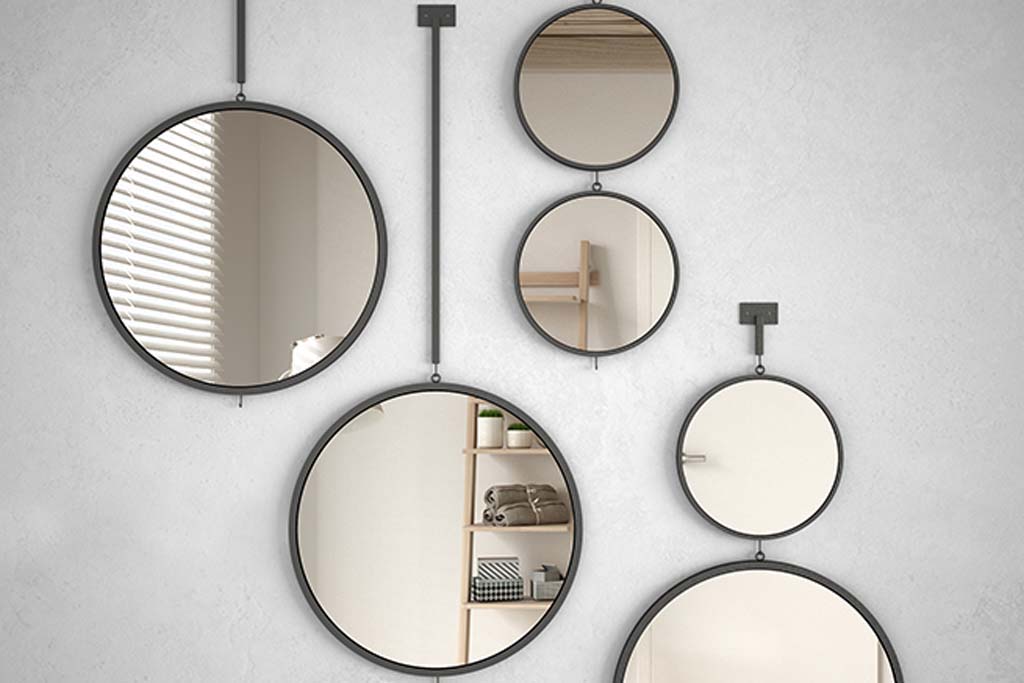
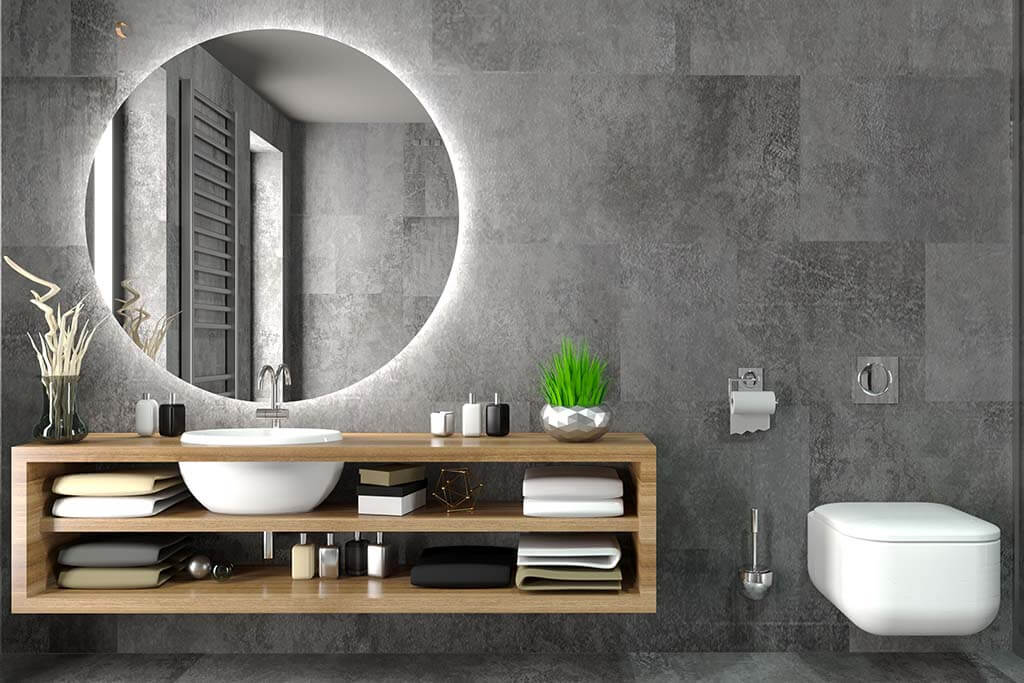
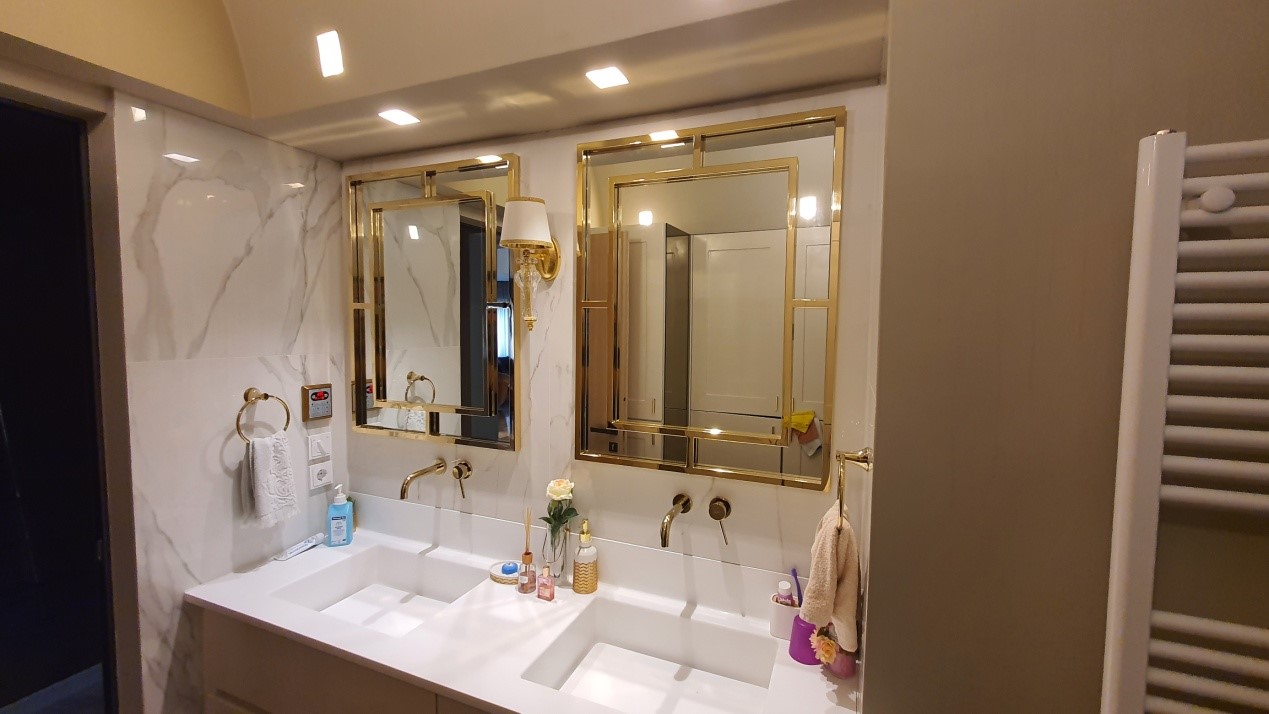
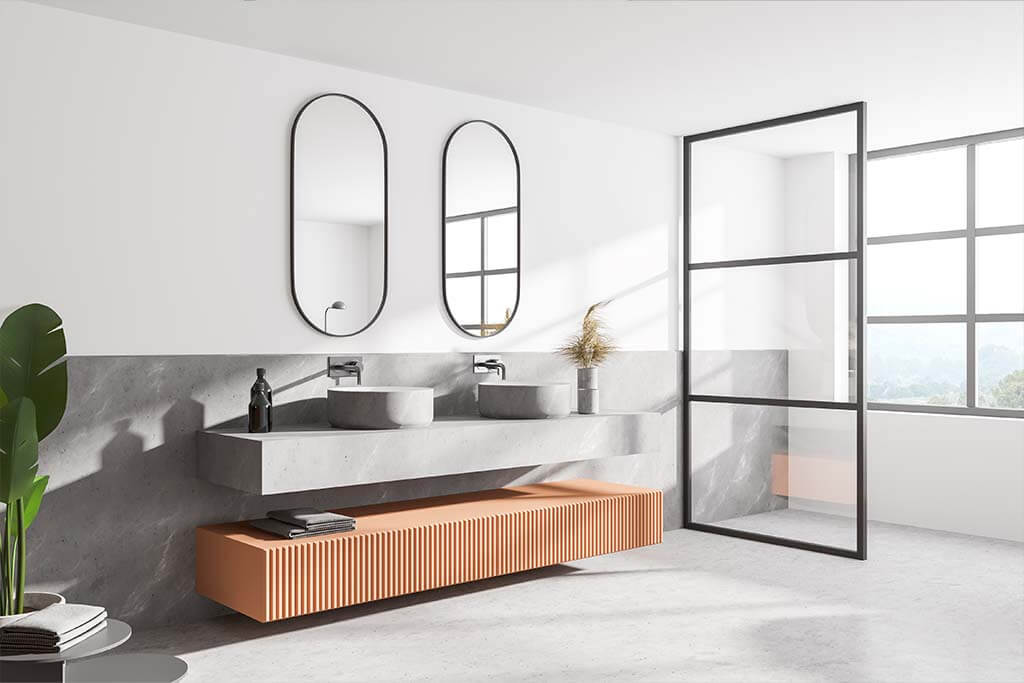
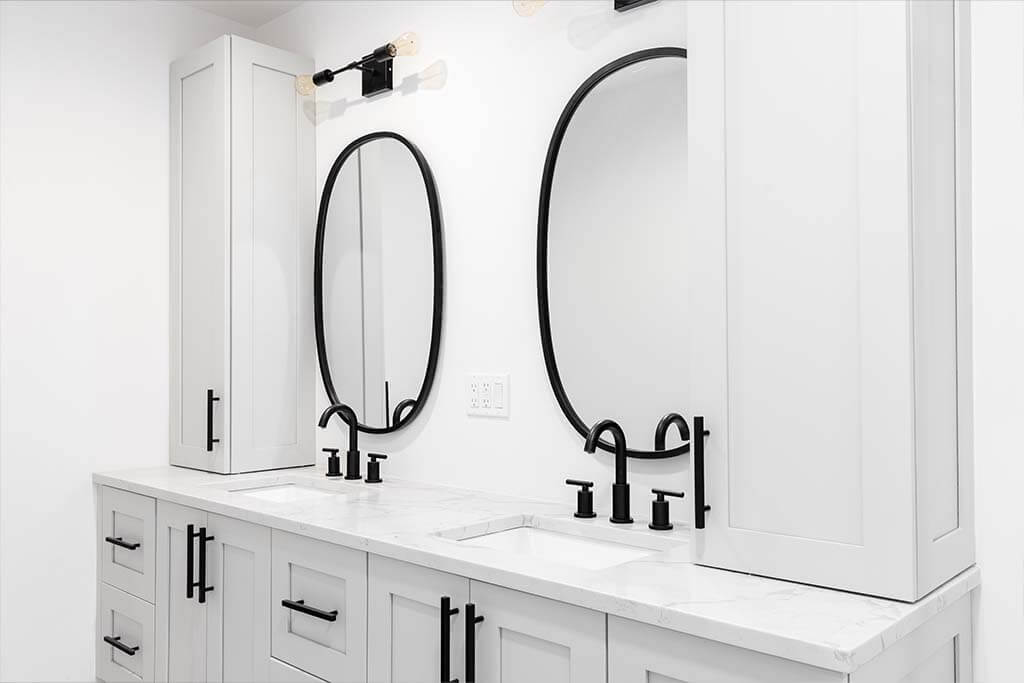
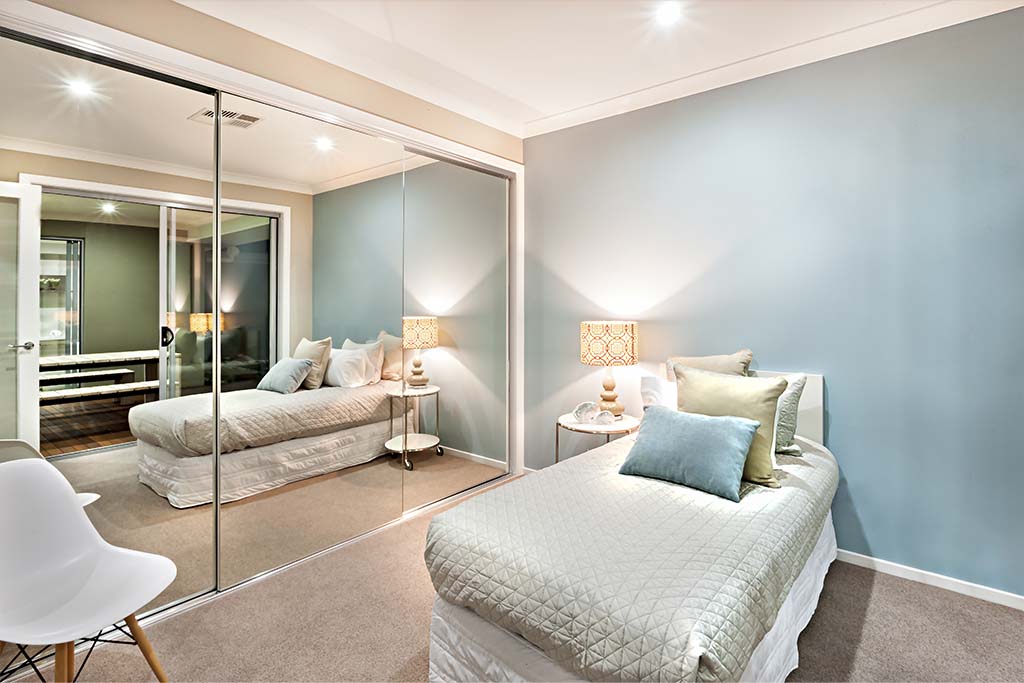
The use of the mirror in decoration is considered a safe solution that gives a beautiful result. First of all, mirrors can make our space look bigger and brighter. It is a smart and economical solution for decorating our space and we can combine different sizes to cover as much wall surface as we want. They can easily be combined with wall decorations and paintings. They can be mounted glued, hanging and with the possibility of concealed lighting. In mirrors the choice of shades is unlimited. For personal use an excellent choice is the white mirror for more visible results. Also, new architectural trends in the bathroom have led mirror manufacturers to create a variety of designs, colors, frames, etc. In summary, mirrors are applied to:
– Bedrooms
– Bathrooms
– Kitchens
– Wardrobes
– Wall cladding
– Hairdressing salons
– Showrooms
– Sports halls
– Gyms
– Dance schools
– Shops
– Schools
– Kindergartens
– Restaurants
– ‘Furniture
– In those places where the architectural design requires it
At VLAVIANOS S. A. we maintain a large stock of certified mirrors of 3mm, 4 mm, 5 mm and 6 mm thickness, from the largest international glass manufacturers (Agc, Saint-Gobain, Sisecam etc.)